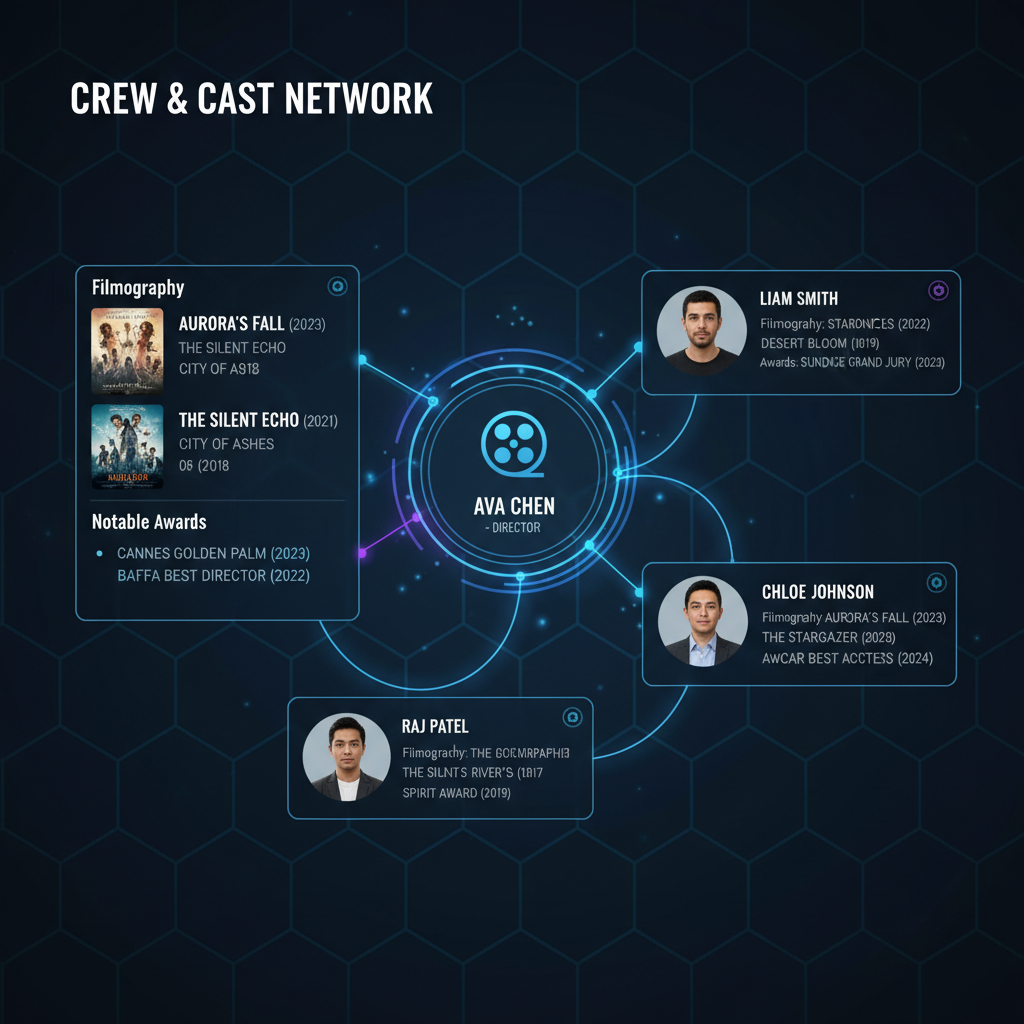Social Media Management Workflow for Brand Growth
Learn how to build a structured social media management workflow with KPI tracking, audits, and content calendars to drive consistent brand growth.

Social Media Management Workflow for Brand Growth
A well-structured social media management workflow is essential for building a consistent brand presence, nurturing audience engagement, and driving measurable growth across platforms. When executed systematically, it helps teams avoid inconsistent posting, missed engagement opportunities, and lost ROI tracking.
This guide outlines a step-by-step approach — from goal setting and KPI tracking to quarterly workflow reviews — so you can design and implement a sustainable process tailored to your brand’s needs.

---
Define Goals and KPIs for Each Platform
Before creating content or scheduling posts, clarify what success looks like for your brand on every social media channel.
Why Goals Matter
Clear goals guide creative choices, allocate resources effectively, and align with your broader marketing strategy.
Common Goals by Platform
- Instagram: Increase brand awareness and boost engagement rate.
- LinkedIn: Showcase industry expertise and generate B2B leads.
- Twitter/X: Drive conversation and direct traffic to your website.
- TikTok: Expand reach among Gen Z audiences and boost short video engagement.
Example KPIs
| Platform | Goal | KPIs |
|---|---|---|
| Brand Awareness | Follower growth rate, Reach, Engagement rate | |
| Lead Generation | Click-through rate (CTR), Form completions, Connection requests | |
| Twitter/X | Traffic | Link clicks, Retweets, Mentions |
| TikTok | Audience Growth | Video views, Shares, Followers gained |
---
Audit Existing Social Media Accounts and Content Performance
A thorough audit reveals what’s working and where improvements can be made.
Steps in a Social Media Audit
- Profile Completeness: Keep bios, links, and branding assets current.
- Content Review: Identify high-performing posts and remove low-engagement ones.
- Engagement Analysis: Evaluate responsiveness and tone in audience interactions.
- Competitor Benchmarking: Compare KPIs with industry competitors.

Pro Tip: Tools like Sprout Social or native analytics (e.g., Facebook Insights) make it easy to export historical performance data.
---
Choose the Right Management Tools
A streamlined workflow requires tools for scheduling, analytics, collaboration, and content design.
Recommended Tool Categories
- Scheduling: Buffer, Later, Hootsuite.
- Analytics: Google Analytics, native insights, Sprout Social.
- Collaboration: Trello, Asana, Monday.com.
- Design: Canva, Adobe Creative Cloud.
Integration Tip: Select tools that work well together to eliminate redundant data entry.
---
Create a Monthly Content Calendar with Platform-Specific Themes
A calendar keeps your messaging consistent and ensures timely execution.
Building the Calendar
- Platform Themes: Match topics to each audience’s preferences.
- Seasonal Campaigns: Mark relevant holidays, product launches, or events.
- Content Mix: Balance educational, promotional, and interactive posts.
Example Structure:
| Week | Instagram Theme | LinkedIn Theme | Twitter/X Theme |
|---|---|---|---|
| 1 | User Stories | Industry Trends | Quick Tips |
| 2 | Product Features | Case Study | Polls |
| 3 | Behind the Scenes | Thought Leadership | Engaging Questions |
| 4 | Giveaways | Whitepaper Promotion | Thread Series |
---
Develop a Content Creation Process
Define your creation steps to avoid bottlenecks and preserve quality.
Key Steps
- Ideation: Brainstorm concepts aligned with themes.
- Design: Create assets following brand guidelines.
- Copywriting: Craft captions that encourage platform-appropriate engagement.
- Review: Confirm all elements meet quality and compliance standards.
Workflow Example (Pseudocode):
FOR each planned post IN calendar:
brainstormIdea()
createVisuals()
writeCopy()
submitForReview()
finalizeAssets()---
Set Up Approval Flows and Team Roles
Approval flows safeguard your brand’s reputation and maintain compliance standards.
Defining Roles
- Content Creator: Designs visuals & drafts captions.
- Editor: Reviews grammar, tone, and compliance.
- Manager: Approves and schedules.
- Community Manager: Engages audiences post-publication.
Best Practice: Use a project management platform with clear assignments and deadlines.
---
Schedule Posts for Optimal Engagement Times
Use analytics insights to post when your audience is most active.
Finding Optimal Times
- Review historical engagement data.
- Experiment with different posting slots.
- Adjust for seasonal trends and specific campaigns.

Example Insight: Instagram engagement often peaks between 11 AM–1 PM on weekdays for lifestyle brands.
---
Monitor Performance Daily and Engage with Audience
Consistent monitoring grows trust and loyalty.
Daily Actions
- Respond promptly to comments and messages.
- Track relevant hashtags and trends.
- Watch for unusual spikes or dips in activity.
Engagement Tip: Prepare quick replies for FAQs but add a personalized touch.
---
Conduct Weekly Reporting and Adjust Strategies
Weekly reporting reveals patterns and prevents wasted effort.
Report Elements
- Top content by reach, engagement, and conversions.
- Audience growth trends.
- Optimal posting frequency.
- Recommendations for the week ahead.
Action Flow:
every Friday:
gatherMetrics()
analyzePerformance()
discussFindingsWithTeam()
updateCalendar()---
Implement Quarterly Reviews to Refine Workflow
Quarterly reviews bring a strategic lens to your process.
Review Checklist
- Evaluate KPIs: Measure against your quarterly goals.
- Spot Bottlenecks: Identify slow approvals or unclear communication.
- Integrate New Trends: Adopt emerging formats or platform features.
- Budget Assessment: Gauge ROI and adjust spend.
Outcome: A refreshed workflow guide for the next quarter.
---
Conclusion and Next Steps
A robust social media management workflow requires clear objectives, consistent processes, and continuous improvement. By following these steps, you can:
- Keep messaging aligned with your brand voice.
- Boost engagement through timing and relevance.
- Achieve growth backed by data and regular reviews.
Commit to ongoing audits, collaborative teamwork, and adapting to industry shifts. Start refining your brand’s social media workflow today to ensure measurable success across all platforms.




